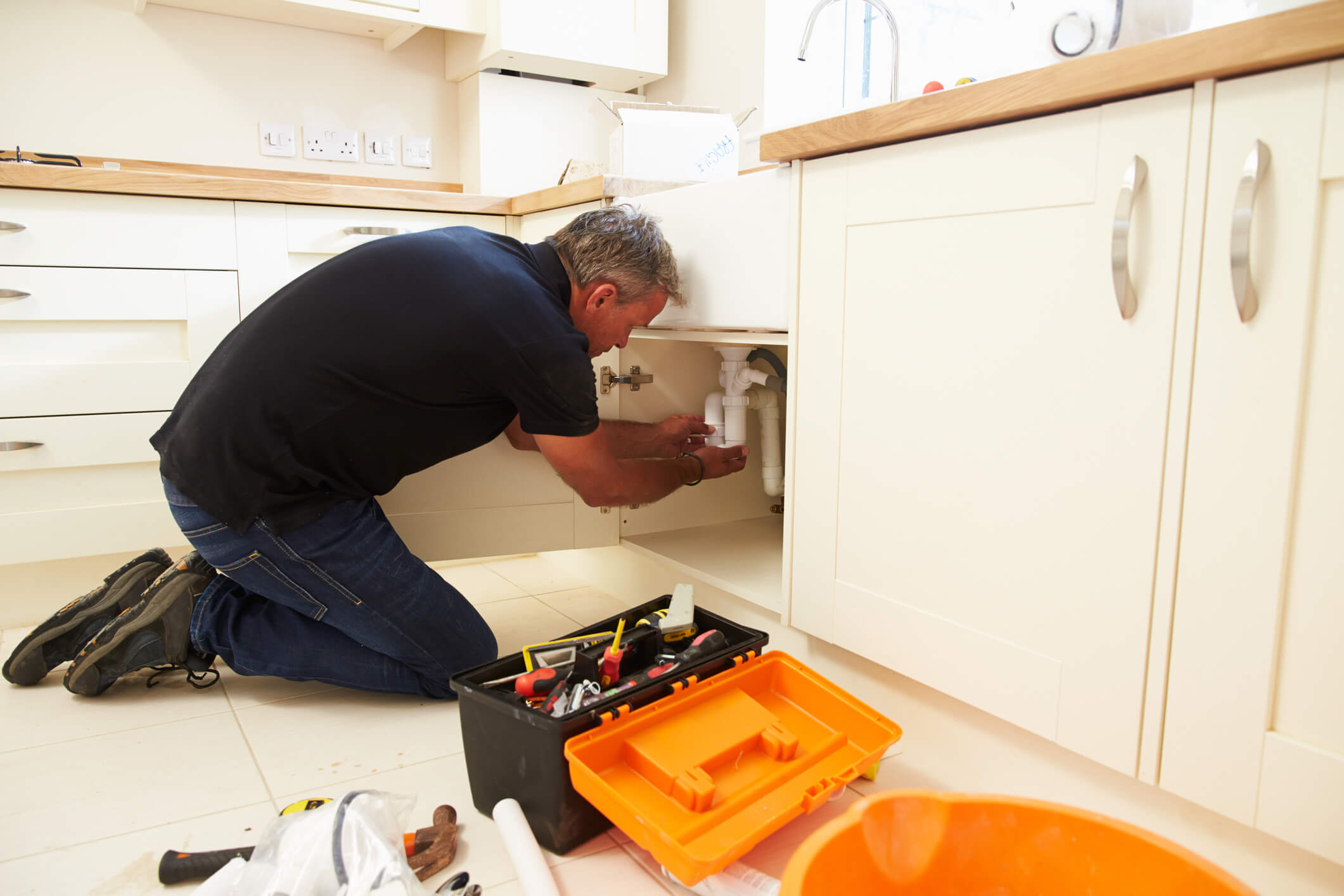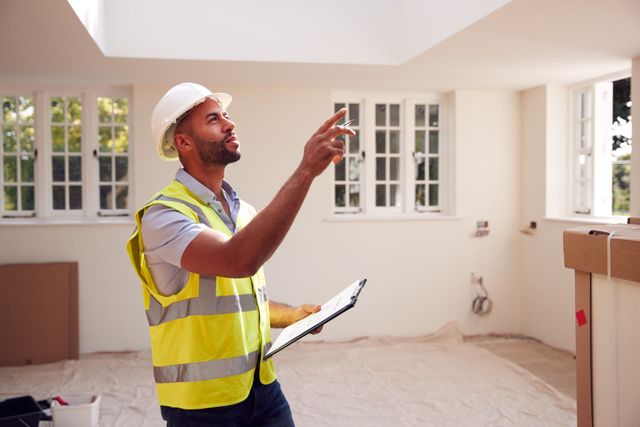Understanding Plumbing Maintenance in Rental Homes
Understanding Plumbing Maintenance in Rental Homes
Blog Article
We have stumbled on this article relating to Plumbing Maintenance Guide for Tenants below on the web and believe it made sense to write about it with you here.

Handling pipes problems in rental properties effectively is crucial for preserving tenant fulfillment and preserving the residential property's worth. Whether you're a property manager or a residential or commercial property supervisor, knowing exactly how to resolve these typical problems can save you time and money while making certain conformity with lawful obligations. Below's a step-by-step overview on how to manage pipes issues in rental residential properties.
Record Whatever
Maintain comprehensive documents of all reported plumbing issues and the actions required to settle them. Paperwork needs to include dates, summaries of the trouble, communication with tenants, and receipts from service providers or plumbers. This info can be critical for insurance claims, tax deductions, and legal security.
Usage Qualified Professionals
Constantly make use of certified and insured experts for significant plumbing repairs and installations. This guarantees that the job depends on code and can aid prevent responsibility issues in case of crashes or more damages. It likewise guarantees occupants that repair services are being managed skillfully.
Develop Clear Communication
Motivate renters to report any plumbing concerns as quickly as they happen. Supply several communication channels such as phone, email, or a tenant site to make it very easy for them to connect. Trigger reactions to these reports can avoid minor issues from escalating right into significant issues.
Educate Tenants
Enlighten your lessees concerning what makes up a plumbing emergency situation and what does not. Supply guidelines on how to take care of minor issues themselves, such as making use of a bettor to unclog a toilet. Additionally, notify them about what they should stay clear of taking down drains pipes to stop clogs, such as grease, coffee premises, and non-biodegradable things.
Routine Upkeep
Execute a routine maintenance timetable for all pipes systems in your service properties. Normal checks can assist identify and resolve concerns like leakages, slow drains pipes, or rusty pipelines before they become significant. Consider working with an expert plumbing technician to inspect the properties each year or semi-annually.
Quick Reaction to Emergency Situations
Have a plan in place for reacting to plumbing emergency situations. This should consist of having the get in touch with details of reputable plumbing services that use 24/7 emergency repair services. Quick activity is necessary to decrease damage in scenarios like burst pipes or extreme leakages.
Preventive Upgrades
Consider updating older plumbing systems and components to extra modern, effective versions. This can reduce the frequency and intensity of pipes issues and lower long-lasting upkeep costs. It's likewise a marketing factor for potential renters who value upgrades and modern-day attributes.
Tenant Move-Out Inspections
Conduct extensive pipes checks throughout move-out examinations to ensure that any problems are determined and attended to prior to a brand-new lessee relocate. This prevents disputes with new occupants over pre-existing problems and makes certain the residential or commercial property is in top condition.
Understand Legal Obligations
Know your legal obligations relating to plumbing and general home upkeep. A lot of jurisdictions need property managers to guarantee their buildings are habitable and that all pipes systems remain in good working order. Failure to attend to severe problems quickly can result in legal actions from renters.
Tenant Reimbursements
If a pipes concern needs immediate attention and the tenant resolves the concern by themselves, have a clear policy in place for compensating expenses. Make certain occupants understand they must acquire prior authorization for higher-cost repair services unless it's an outright emergency.
Conclusion
Handling pipes problems in rental residential or commercial properties requires an aggressive technique and great communication with lessees. By staying on top of maintenance, reacting immediately to emergencies, and making use of certified specialists, property managers can keep their buildings in exceptional condition and keep great relationships with lessees.
How to Handle Water Damage in a Rental Property
What is Water Damage?
Water damage is harm or destruction caused by water entering areas where it is not supposed to be. It can be caused by a variety of sources and can manifest in different ways. The most common examples of water damage include:
Leaking roof Plumbing leaks Appliance malfunctions Poor drainage Flooding Sewage backup Condensation Tenant negligence HVAC system issues Frozen pipes Is water damage dangerous?
Water damage itself is not inherently dangerous, but it can lead to various hazards and health risks if not promptly and properly addressed. The severity of these risks depends on the extent of the water damage, the source of the water, and how quickly it is mitigated.
Some potential dangers associated with water damage include structural damage, mold and bacterial growth, electrical hazards, water contamination, and pest infestations. In situations where mold and mildew have gone unaddressed, mold can start to develop within 24-48 hours of water exposure, and this can impose a serious health risk to tenants. In particular, mold spores and damp conditions can lead to respiratory issues and even make existing health problems worse, such as allergies, asthma, or immune disorders.
Water Damage in an Apartment - Who is Responsible?
If the water damage is caused by the tenant’s negligence, the tenant is responsible for the cost of repairs. If the water damage is caused by a defect in the property, the landlord is responsible for the cost of repairs. If the water damage is a result of natural causes, such as excessive rain, then the landlord is responsible, since the water intrusion likely occurred due to a defect in the property. Landlord Responsibility water damage in rental property
Since maintaining habitability is the landlord’s legal responsibility, landlords are responsible for any resulting structural damage caused by water damage. These structural damages may include damage to walls, roofs, ceilings, and flooring. If water damage has affected the rental property’s original structure, the landlord is responsible for repairing or replacing those materials. Therefore, landlords should have property insurance that covers the structural components of their rental property so that they can receive help with the costs of covered events.
Preventative measures can also help landlords avoid massive renovations. Preventative maintenance may include conducting regular inspections to identify and address potential water damage before it becomes a major and urgent problem.
If a landlord fails to meet their responsibilities regarding water damage, it can lead to legal disputes and potential liability. Tenants who believe their landlord is not addressing water damage issues in accordance with California law can seek legal advice or contact local housing authorities for assistance.
https://www.goodlifemgmt.com/blog/water-damage-in-a-rental-property/

Do you appreciate reading up on Plumbing Maintenance Guide for Tenants? Post a review below. We will be happy to find out your reactions about this blog posting. We are looking forward to see you back again in the near future. Appreciated our blog? Please quickly share it. Let others find it. Thanks a lot for taking the time to read it.
Report this page